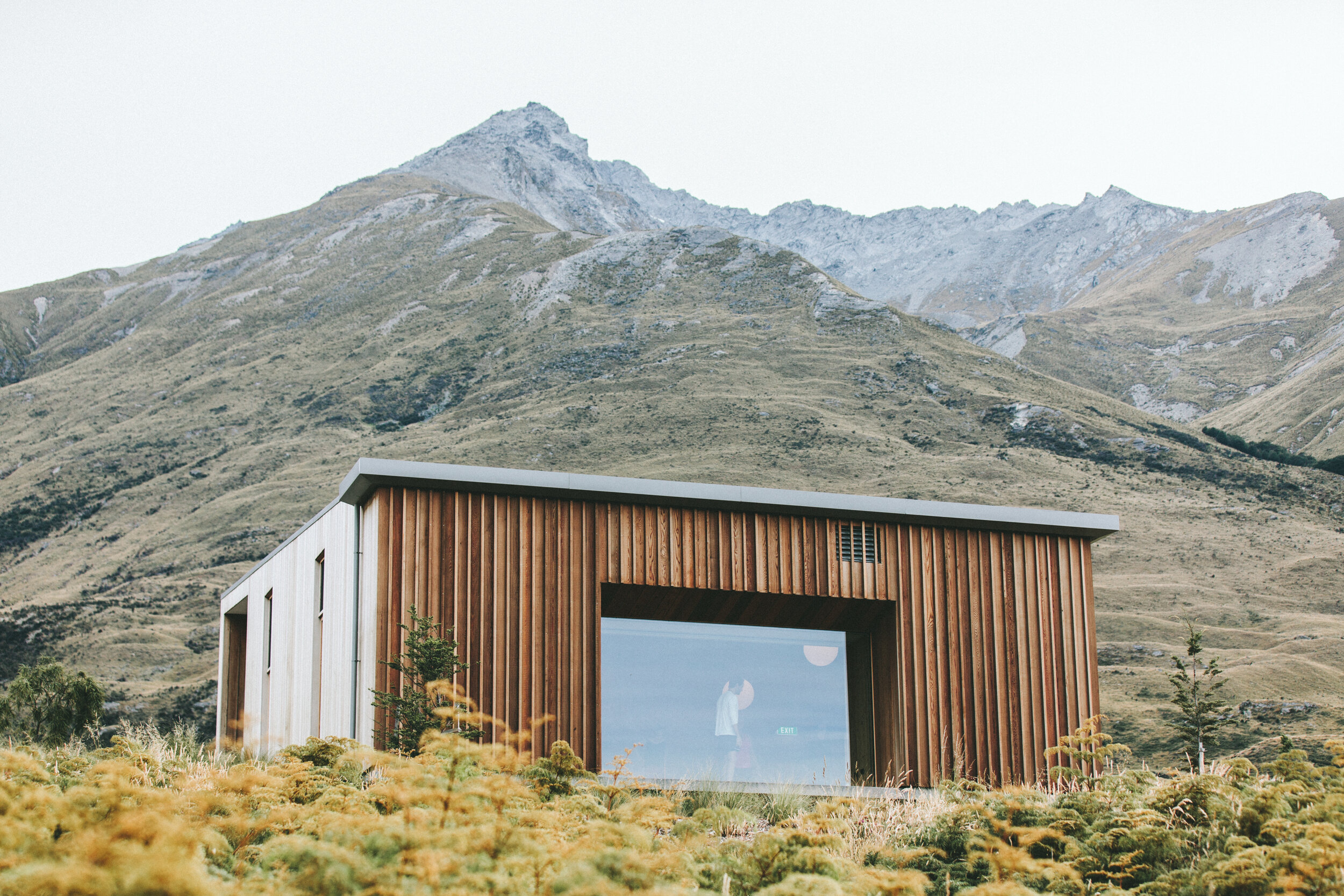Things to See & Do In Lyttelton
Beaches, crater rim walks and mountain hikes, ferry rides and boat tours, markets, galleries and uniques historic places.
Lyttelton Harbour has a bit of everything!
Historic Lytteton
-

The Timeball Station
2 Reserve Terrace, Lyttelton
Lyttelton Timeball is located at the top of a steep hill with spectacular views over Lyttelton and Whakaraupō Lyttelton Harbour. Small children and those with mobility challenges may find the climb difficult but will be fascinated by the timeball dropping at 1pm.
The adjoining castle-like building that was once such a feature is still no more than a set of foundations, but the tower itself has been meticulously recreated with the original stone, now concealing a sturdy, earthquake-proof interior. It sits in a pretty garden with an apple tree and a flagstaff – and there is a cute bronze statue of Skippy, a local dog who used to come running when she heard the ball being raised, to bark when it dropped.
It's an easy walk up there from the town centre and you're rewarded with a wonderful view of the town, the port, the harbour, its islands and the Diamond Harbour settlement across the water, all of it enclosed by the rocky shattered rim of one of the two volcanoes that formed what is now Banks Peninsula.
There are no toilets located at Lyttelton Timeball. Public toilets are located at The Lyttelton Harbour Information Centre, on Oxford Street.
-

Lyttelton Gaol Site
The site and remains of the Lyttelton Gaol, built in an ad hoc manner from 1857 right in the township of Lyttelton. Although most of the buildings associated with the gaol have been demolished, some significant features remain as a reminder of the gaol that was for a long time a dominant feature in the town. These include massive concrete retaining walls, concrete steps and part of a concrete block of cells.
The Lyttelton Gaol was the first in the Canterbury colony. Although the early Canterbury Association settlers wanted to build an ideal society, they quickly discovered that the 'Old World Evils' had followed them to New Zealand. The gaol catered for the mentally ill and debtors as well as criminals. As it was extended over the second half of the 19th century, it became one of the largest prisons in the country and achieved proportions that were huge by the standards of a small town. It is reported that approximately 90% of the inmates of the gaol, at any one time, were British Seamen. The gaol was the site of seven hangings.
Lyttelton prisoners undertook public works as part of their hard labour and contributed to the construction of a considerable amount of Lyttelton's infrastructure (much of the red volcanic stone walls around the town is attributable to them).
The gaol closed in 1920 and Lyttelton's main gaol buildings were demolished in 1922-24. The site was then leased to the adjacent school as a playground.
Now containing a playground, rose gardens and the 1950s Upham Memorial Clock, remnants of the gaol can be seen in concrete retaining walls and a small block of cells built into the upper slope, historic pedestrian pathways and concrete steps. The Upham Memorial Clock is the townsfolk's memorial to Dr Charles Hazlitt Upham, who came to Lyttelton as a young naval surgeon in 1898 and became a much loved general practitioner who served the community for half a century.
-

Advanced
What should we know about the services you provide? Better descriptions result in more sales.
